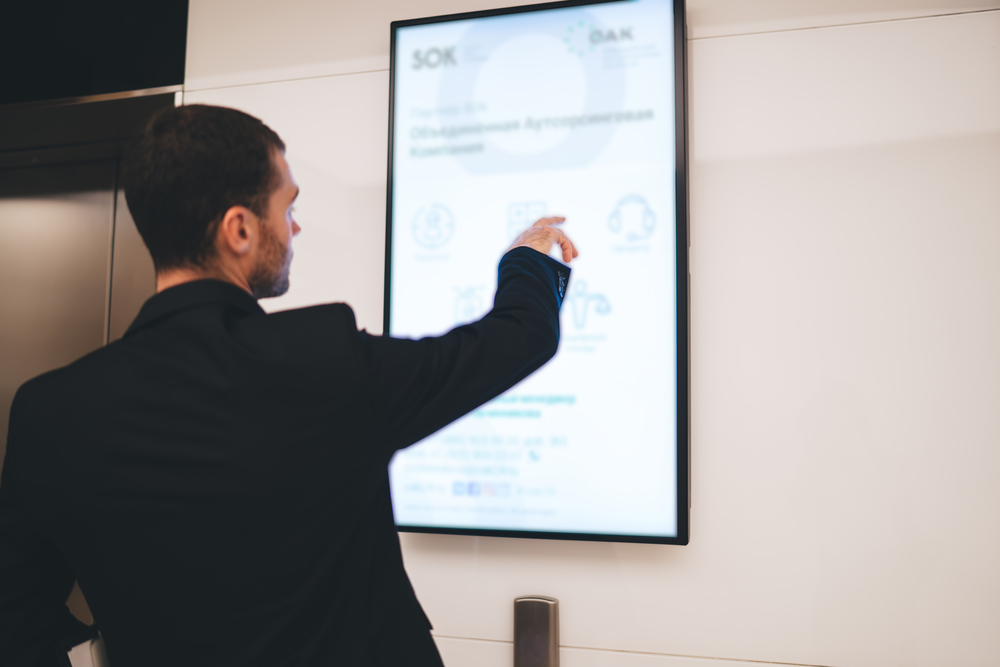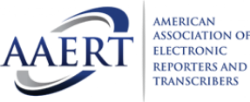How Trial Presentations Can Influence the Outcome of a Legal Case
How Trial Presentations Can Influence the Outcome of a Legal Case
Blog Article
Exactly How Efficient Trial Presentations Can Win Your Instance
The effectiveness of test discussions is typically taken too lightly, yet they play an essential function in forming juror understandings and influencing instance end results. As we explore the parts that add to a compelling trial presentation, the inquiry stays: what particular strategies can attorneys use to ensure their message not just reverberates however likewise obliges action?

Recognizing Your Audience
Comprehending your audience is important for delivering an efficient trial presentation. Understanding who will exist in the court-- jurors, courts, and opposing advice-- enables you to tailor your message in such a way that resonates with them. Each team has unique assumptions, prejudices, and backgrounds, which can significantly influence their perception of the case.
For jurors, it is vital to consider demographics, life experiences, and cognitive predispositions. Jurors might originate from various occupations and social histories, impacting their interpretation of proof and debates. Involving with them via relatable examples and clear, straightforward language can promote far better understanding and compassion.
Juries, on the other hand, concentrate on lawful criteria and step-by-step honesty. Presentations should be concise and grounded in the legislation while valuing courtroom decorum. Comprehending the court's preferences and past rulings can even more improve your approach.
Reliable interaction hinges on identifying these distinctions and readjusting your discussion style accordingly (trial presentations). By anticipating the target market's responses and addressing their problems, you can produce a more influential story that mesmerizes attention and advertises positive end results
Crafting a Compelling Story
A well-crafted story works as the foundation of an efficient trial presentation, directing the target market through complicated info while stimulating emotional feedbacks. This story must begin with a clear and engaging intro that establishes the phase, detailing the crucial themes and issues at risk. Developing a relatable protagonist-- commonly the customer-- can develop an individual connection with the court, attracting them right into the story.
The body of the narrative must offer the truths in a rational sequence, weaving with each other evidence and testament to build a natural disagreement. Each item of info need to support the overarching theme, reinforcing the preferred message without overwhelming the target market with unneeded details. Shift expressions can be particularly powerful, helping to keep circulation and maintain the court engaged.
Inevitably, the final thought should resonate mentally, summarizing the situation's value and advising the jury to act via their verdict. By crafting a compelling story that is both structured and emotionally powerful, lawyers can efficiently convey their case's benefits, making it much easier for jurors to understand and remember the bottom lines long after the trial ends. This strategy not only notifies but also persuades, enhancing the likelihood of a beneficial outcome.
Making Use Of Visual Aids Effectively

Visual help play an essential duty in improving trial presentations, transforming complex information into obtainable info that jurors can quickly understand. By using graphes, charts, representations, and multimedia components, lawyers can clarify detailed points and preserve jurors' focus. Aesthetic help assist in the understanding of evidence, making abstract concepts tangible and relatable.
When selecting visual help, relevance and simplicity are extremely important. Each aesthetic must straight support the situation story and reinforce key debates without overwhelming the visitor. Extremely complex visuals can detract from the message, from this source creating complication instead of quality.
In addition, the tactical positioning of visual aids during discussions websites is vital. They need to be presented at essential moments to highlight important evidence or to show significant modifications or fads. This timing permits jurors to refine information efficiently, improving retention and recall throughout deliberations.
Furthermore, it is important to guarantee that aesthetic aids are technologically compatible with the court room atmosphere. Familiarity with the equipment and a back-up plan can stop technological problems that may disrupt the flow of the discussion. In recap, reliable use aesthetic help can considerably bolster a trial presentation, causing a more powerful link with the jury and a more convincing situation in general.
Involving Emotion and Compassion
While presenting accurate proof is necessary, appealing feeling and empathy in trial presentations can exceptionally affect jurors' perceptions and decisions. Jurors are not just decision-makers; they are people who react to narratives that resonate on a personal level. By weaving emotional aspects right into the discussion, lawyers can produce a connection that goes beyond simple data and lawful jargon.
Narration is an effective device in this context. By presenting the instance as a story that highlights the human impact of the events concerned, attorneys can stimulate sensations of empathy, rage, or perhaps fear - trial presentations. These emotions can considerably guide jurors, making them a lot more most likely to feel sorry for the plaintiff or defendant

Inevitably, a test discussion that successfully involves emotion and compassion can create a compelling argument that resonates deeply, leading jurors to feel an individual risk in the instance, consequently boosting the chances of a positive judgment.
Practicing Delivery Techniques
Involving emotion and empathy lays a strong foundation for test presentations, however the efficiency of these components depends upon the distribution strategies used by the attorney. Grasping distribution strategies is important for guaranteeing that the message reverberates with the court. This entails exercising tone, rate, and body language to boost reliability and connection with the target market.
Rehearsing the discussion multiple times allows lawyers to fine-tune their design and identify areas for enhancement. Recording practice can provide beneficial insights into one's nonverbal hints and singing inflections, aiding to eliminate distracting behaviors. Additionally, soliciting responses from peers can highlight staminas and weak points, guiding additional refinement.
Efficient use pauses can also be a powerful strategy; they permit the jury to soak up crucial information and increase psychological effect. Attorneys should likewise bear in mind eye call, as it promotes depend on and involvement with jurors.
Inevitably, the combination of exercised shipment methods and the emotional resonance of the presentation can substantially affect the court's assumption, creating an engaging case that stands out in their minds. The power of well-executed delivery can not be overemphasized in the search of a desirable judgment.
Verdict
In recap, efficient test discussions are essential in affecting juror choices. Understanding distribution methods better enhances these aspects, ultimately contributing to a convincing instance presentation.
Report this page